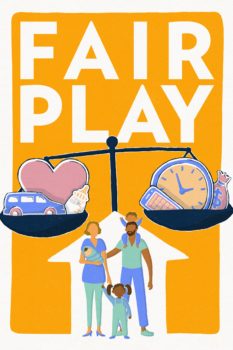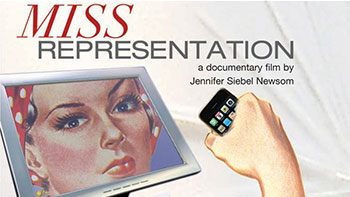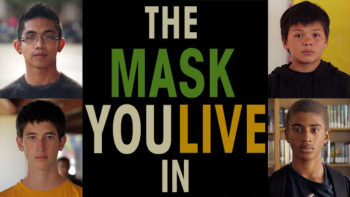Thirty years ago, Canada experienced its deadliest mass shooting when a man with a semi-automatic rifle opened fire at a Montréal engineering school, killing fourteen women. The 25-year-old perpetrator said that he was “fighting feminism” and targeted women who were pursuing previously male-dominated STEM careers. The shooter’s last written words declared his intentions as “I have decided to send the feminists, who have always ruined my life, to their Maker.”
A new plaque at the site of the massacre now classifies the tragedy as an anti-feminist attack. Until this year, it was commemorated as a “tragic event” without making specific mention that all of the victims were women. It didn’t help that media coverage of the event downplayed this act of femicide. Gender-based violence affects women, especially LGBTQ+ and indigenous women, at high rates. And biased media coverage of events like this one is dehumanizing and reinforces victim-blaming.
As we come to the end of the 16 Days of Activism Against Gender-Based Violence, held annually between November 25th and December 10th— calling for the elimination of all forms of gender-based violence— it is important to understand the role of the media in how gender-based violence is reported to the public. Far too often, journalists resort to victim-blaming in reporting of sexual and gender-based violence, as they did most recently when covering the murder trial for Grace Millane. The young New Zealander was essentially blamed for her own murder when defense attorneys for the accused used accounts of Millane’s sex life as a way to defend their client, whose name has been mysteriously withheld from media coverage. Frustration with the repeated biased headlines of gender-based violence led the Australian writer Jane Gilmore to launch the Fixed It Project on her Twitter page. The writer famously takes a digital red pen and copy edits headlines to make them more accurately implicate the perpetrators instead of the victims.
As our Executive Director, Dr. Caroline Heldman, points out in her first-person account of the Cosby Trial, that victim-blaming is the byproduct of rape culture. Dr. Heldman notes that “Public survivors face many challenges: statutes of limitations on reporting sex crimes; victim-blaming, shaming, and death threats; the common use of the rape myth defense at trial. After two decades of work on this issue, I increasingly believe in the power of media justice when legal justice is elusive.”
Media can be an effective tool when leveraged for good. Research shows that a powerful episode of Grey’s Anatomy, which featured a sexual assault survivor coming forward despite the fear that she would not be believed, led to an increase in reporting of sexual assault by women. As a society that promotes equality and a reduction in gender-based violence, we must insist that media coverage focuses more on the criminal misogyny of these perpetrators rather than victim-blaming and sensationalizing the women who are harmed.
Take Action! Correct a headline and post it with the hashtag #FixedIt whenever you see a headline that victim-blames or treats an accused perpetrator in a biased manner.



